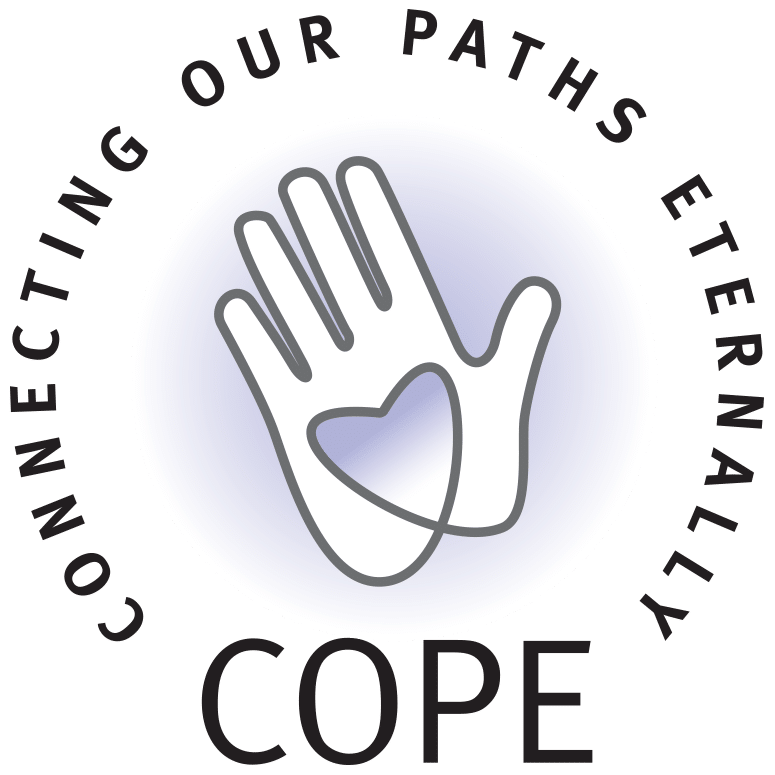Grief Bursts, Cumulative, and Collective Grief
In grief there are typical, everyday “grief bursts,” or sudden bursts of feelings that come out of nowhere or are tied to an otherwise seemingly innocuous occurrence like a song on the radio or a familiar smell that reminds us of our loved one. “Grief bursts” create similar emotional responses to the common, expected triggering events like birthdays, anniversaries, holidays, or special events that underscore their absence in our lives, but they are more difficult to plan for and can thus be more distressing.
These “grief bursts” or triggers are normal and expected, but they can still lead people to worry about their grief process, expressing concern that they felt like they were doing better, but are now feeling worse again. Grieving individuals can feel discouraged that they are “right back where they were” despite how much time has passed. Yet as time continues and people are able to ride these waves of grief and find relief in the times in between, they can often learn how to avoid them, plan for them, or practice how to cope with them.
Then there are times that the constant presence and reminders of grief and loss can overwhelm us with those all too familiar feelings of sadness, pain, trauma, and isolation. Our practiced coping skills or emotional reserves are flooded by the environment around us and it can be difficult to find those moments of relief or feel like we have any control over our grief narrative.
Sometimes this overwhelmedness comes from our own individual environment, such as when a series of losses occur over a relatively brief period of time. This is referred to as cumulative or compounded grief. This might be the death of another loved one, a loss of a job or change in financial situation, a move, a diagnosis of a family member in poor health, or even loss of regular support from those around you as they return to their “normal” lives. These losses may relate to various areas of your life and have different intensities of impact, but they can be harder to cope with than with just the original loss because of the combined effect.
Sometimes this added grief happens in our greater community environment as in when our town, country, or world experience an extreme change or loss that can lead to widespread tragedy such as war or natural disaster. This is referred to as collective grief. It can feel overwhelming, as we are now connected to the grief and mourning of others, but are often helpless in responding. Witnessing such pain can be extremely traumatic and scary for all of us, and even more so for grieving individuals. It can bring us back to that very raw, visceral place in our grief, reminding us of the trauma we’ve experienced and seeing ourselves in the anguish of those who are currently suffering.
It is important to name and be aware of cumulative and collective grief as they can lead to intensified emotional response, prolonged grieving period, complicated bereavement responses, and interference with coping mechanisms or systems of support.
It is important to recognize the difference between a “grief burst” that might overwhelm you in the moment and something more persistent or enduring. Dig into your reserves, reach further for support, use every tool at your disposal, and have compassion and grace with the feelings that arise.
Know that you do not need to face it alone. Collective grief especially can be a powerful reminder of our interconnectedness and the strength we can find in one another during difficult times, but there are many communities of grief where people can come together for comfort and support.

